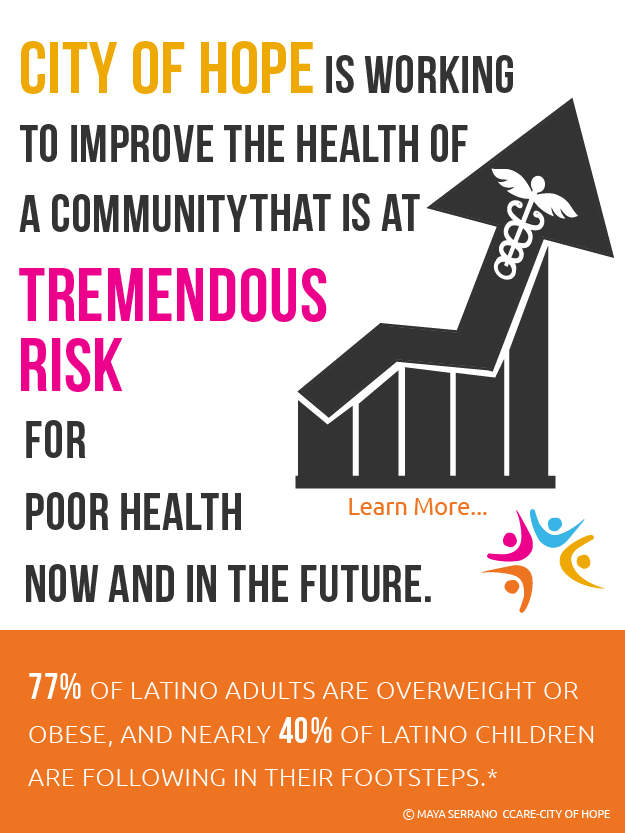
Fruits and Vegetables – Getting Enough?
09/05/2014 01:53PM | 9277 viewsBy Janelle Gunn, MPH, RD and Gebra Cuyun Carter, PhD, MPH, RD
Most of us acknowledge that we need to eat more fruits and vegetables, but why should we do this and is it really that easy? There are many important nutrients in fruits and vegetables that promote health and lower the risk of developing certain chronic diseases. Fruits and vegetables are low in calories and fat, while high in many important vitamins, minerals, and fiber. Replacing a higher calorie snack with a fruit or vegetable may also help in efforts to maintain or lose weight.
Remember it is important to eat a variety of fruits and vegetables because they differ in nutritional content and have different potential health benefits. A few nutrients most of us aren’t getting enough of:
- Fiber – promotes a healthy heart and good digestion; try apples, blackberries, pears and spinach.
- Folate – for pregnant women promotes healthy babies; try asparagus, broccoli, collard greens.
- Vitamin A – promotes healthy skin and eyes and protects against infections; try apricots, cantaloupe, and carrots.
In the US, on average adults eat vegetables about 1.6 times a day and they eat fruits about 1.1 times a day1. The 2010 Dietary Guidelines for Americans recommends increasing vegetable and fruit intake to 2 ½ cups of vegetables and 2 cups of fruit each day2. The MyPlate food guidance system emphasizes the need to fill half of your plate with fruits and vegetables3.
A recent National Institutes of Health survey displayed the rich diversity of fruit and vegetables consumption within the Latino community; more men reported eating at least 5 fruits and vegetables a day as compared to women. In addition, while over half of Cuban participants reported eating more than 5 fruits and vegetables a day, less than 20% of participants from Puerto Rico reported the same4. There is definitely room for improvement!
In order to increase the amount of fruits and vegetables you eat, it is important that you have access to affordable fruits and vegetables. A recent US-based survey conducted by the Robert Wood Johnson Foundation and the Harvard School of Public Health reported that 19% of the almost 1500 Latinos surveyed reported fair/poor availability of fruits and vegetables in their community5. Many communities are working to increase access to fruits and vegetables by planting neighborhood gardens, creating farmers markets and adding produce to bodegas/corner stores. Check out http://www.localharvest.org/ to find a farmers market near you.
Are you far from meeting the MyPlate goal of half a plate of fruits and vegetables? Don’t let that deter you. Small steps in the right direction can make a difference – and remember, opportunities are everywhere to increase the amount of fruits and vegetables you eat. Here are some tips on making sure you and your family have access to and eat more fruits and vegetables:
- Store fruits and vegetables separately, they last longer that way.
- Serve a fruit and vegetable with lunch and dinner each day. One easy trick is to add more vegetables to foods you already enjoy – soups, pizza and sandwiches.
- Anticipation and planning is important. Wash and cut-up your produce at the beginning of the week; that way it’s ready to eat when you are looking for snacks throughout the week.
- Serve veggies with dip instead of chips.
- Get the kids involved and encourage them to eat the skin of the fruit or vegetables because it is full of fiber! They can help peel oranges, wash strawberries, cut-up bananas. Consider having a family garden so the kids can help plant and watch them grow. The idea of a family garden could even grow into a community garden – where you work with your neighbors to promote access to and eat fresh fruits and vegetables.
- Canned and frozen also count! Look for reduced sodium, no salt added, and no sugar added varieties. Use frozen berries in smoothies (licuados) or add to plain yogurt.
References
- http://www.cdc.gov/nutrition/downloads/State-Indicator-Report-Fruits-Vegetables-2013.pdf
- U.S. Department of Agriculture and U.S. Department of Health and Human Services. Dietary Guidelines for Americans, 2010. 7th Edition, Washington, DC: U.S. Government Printing Office, December 2010. http://www.health.gov/dietaryguidelines/dga2010/DietaryGuidelines2010.pdf
- www.choosemyplate.gov
- Hispanic Community Health Study/Study of Latinos Data Book: A report to the Communities (NIH Publication No. 13-7951). Bethesda, MD: US Department of Health and Human Services, National Institutes of Health, National Heart, Lung, and Blood Institute, September 2013.
- Latinos’ Lives and Health Today Summary. Part one: Total Latinos and Heritage Groups. NPR/Robert Wood Johnson Foundation/Harvard School of Public Health. January 2014.












Post your Comment
Please login or sign up to comment
Comments